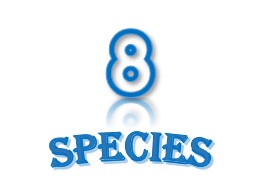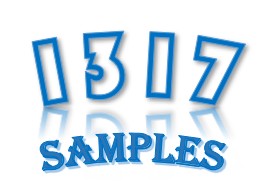DISTRIBUTION OF BIOPROJECTS
The phylogenetic relationships among the ray-finned fishes in FishGET are shown in the figure below left. This 8 fishes span two different whole genome duplication events found in teleost fish. Including teleost-specific WGD event (the first red star) and salmonid-specific WGD event (the second red star).
The distribution of bioprojects in FishGET is shown in the following figure on the right. The number of bioprojects and samples of each species are shown in the stacked bar figure, and the experiment types covered by each species are shown in the pie figure.
BASIC INFORMATION OF SPECIES
ornamental fish
bowfin (Amia calva)
Classification:
Actinopteri (ray-finned fishes) > Amiiformes (Bowfins) > Amiidae (Bowfins)
Skip to FishBase
ornamental fish
tiger barb (Puntius tetrazona)
Classification:
Actinopteri (ray-finned fishes) > Cypriniformes (Carps) > Cyprinidae (Minnows or carps) > Smiliogastrinae
Skip to FishBase
economic fish
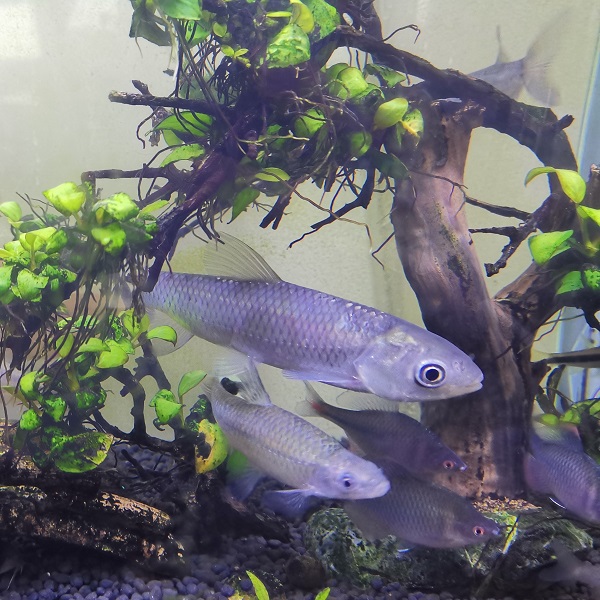
Transcriptome source:
FishGET assembly
grass carp (Ctenopharyngodon idella)
Classification:
Actinopteri (ray-finned fishes) > Cypriniformes (Carps) > Xenocyprididae (East Asian minnows)
Skip to FishBase
model fish
zebrafish (Danio rerio)
Classification:
Actinopteri (ray-finned fishes) > Cypriniformes (Carps) > Danionidae (Danios) > Danioninae
Skip to FishBase
ornamental fish
mexican tetra (Astyanax mexicanus)
Classification:
Actinopteri (ray-finned fishes) > Characiformes (Characins) > Characidae (Characins; tetras) > Stethaprioninae
Skip to FishBase
economic fish
striped catfish (Pangasianodon hypophthalmus)
Classification:
Actinopteri (ray-finned fishes) > Siluriformes (Catfishes) > Pangasiidae (Shark catfishes)
Skip to FishBase
economic fish
rainbow trout (Oncorhynchus mykiss)
Classification:
Actinopteri (ray-finned fishes) > Salmoniformes (Salmons) > Salmonidae (Salmonids) > Salmoninae
Skip to FishBase
economic fish
eurasian perch (Perca fluviatilis)
Classification:
Actinopteri (ray-finned fishes) > Perciformes/Percoidei (Perchs) > Percidae (Perches) > Percinae
Skip to FishBase
zebrafish
(Danio rerio)
model fish
grass carp
(Ctenopharyngodon idella)
economic fish
rainbow trout
(Oncorhynchus mykiss)
economic fish
eurasian perch
(Perca fluviatilis)
economic fish
striped catfish
(Pangasianodon hypophthalmus)
economic fish
bowfin
(Amia calva)
ornamental fish
tiger barb
(Puntius tetrazona)
ornamental fish
mexican tetra
(Astyanax mexicanus)
ornamental fish
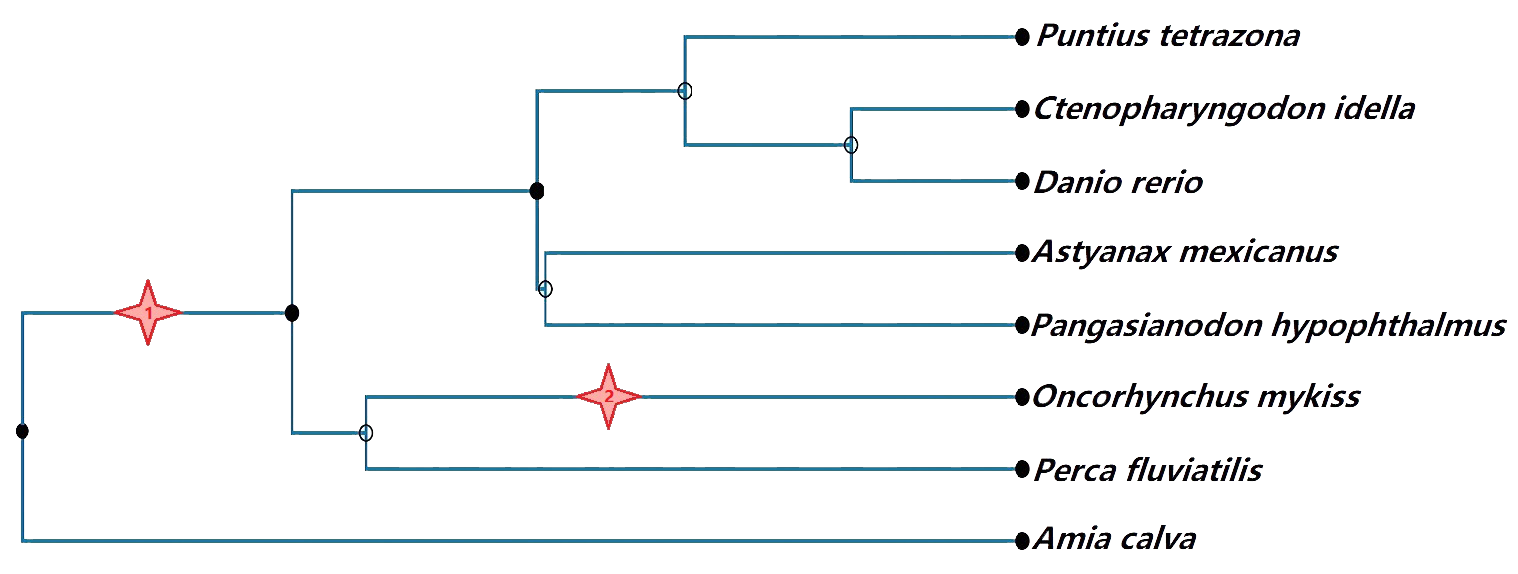
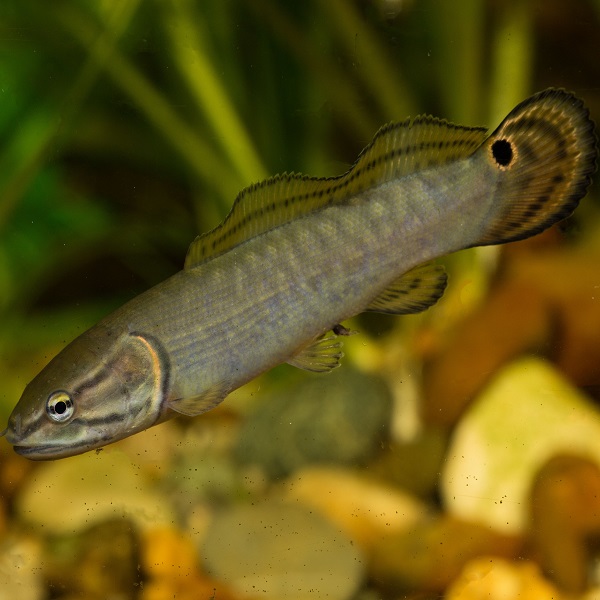
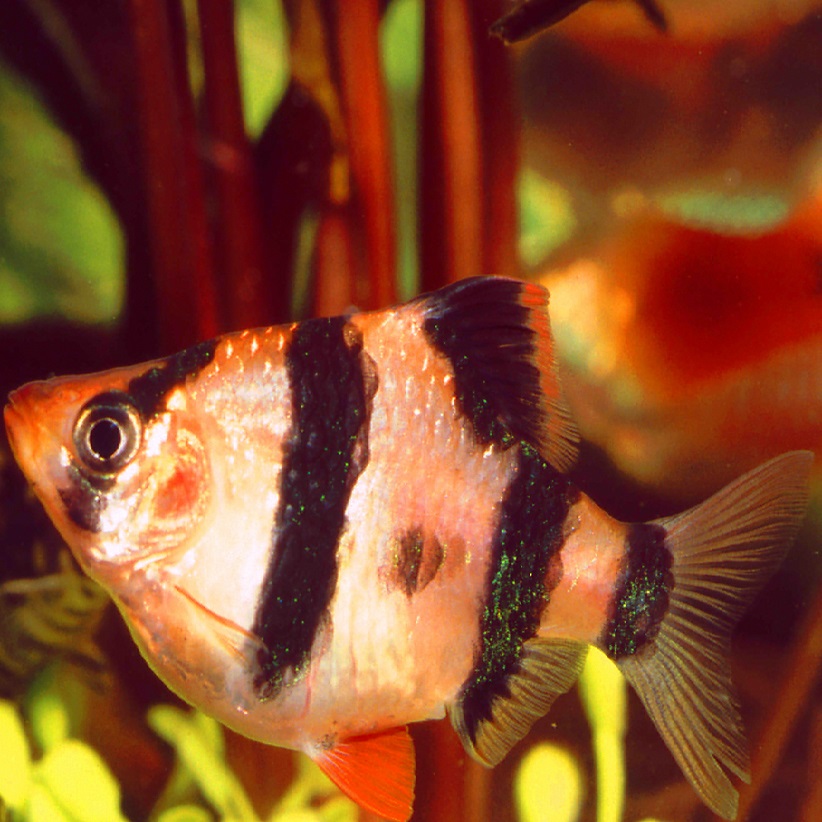

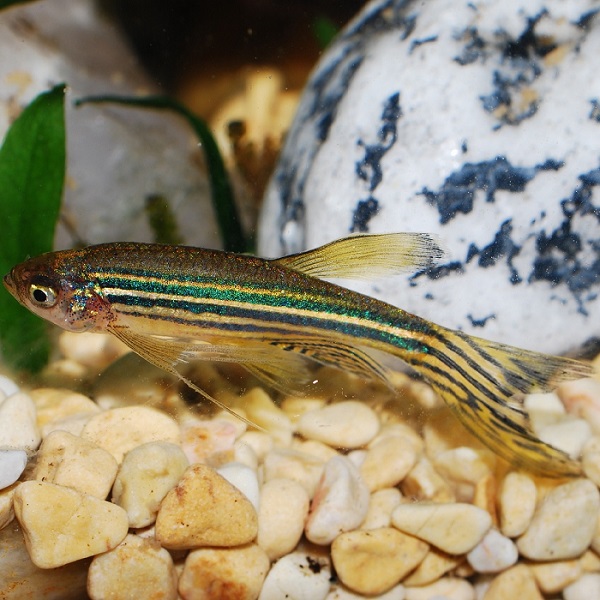
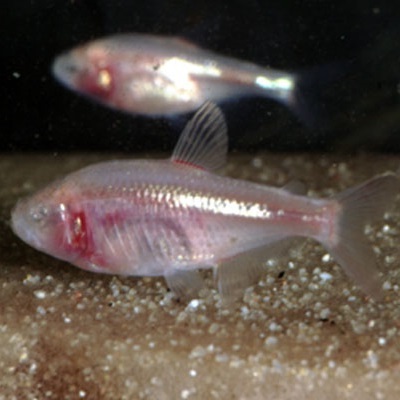
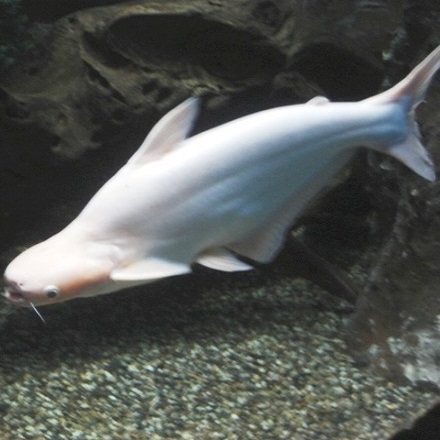
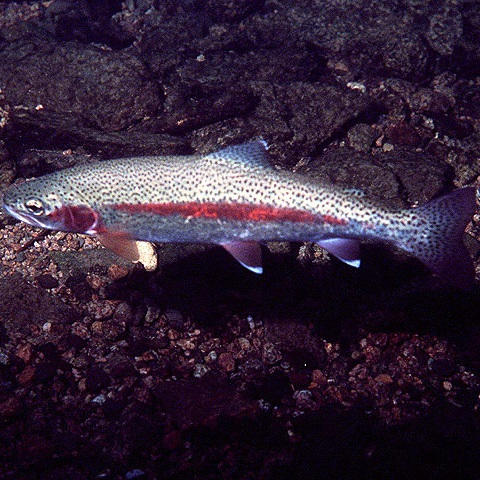




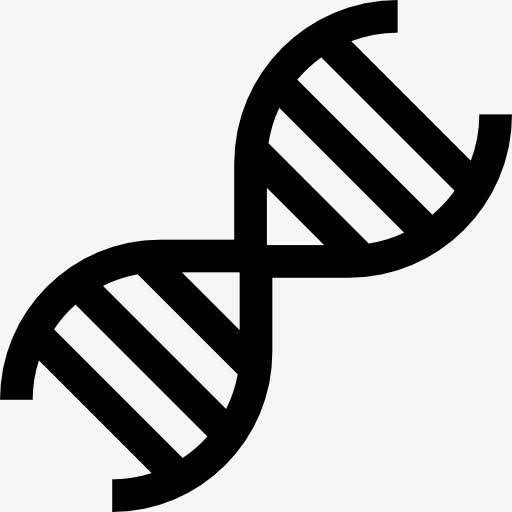 Gene
Gene RNA
RNA
